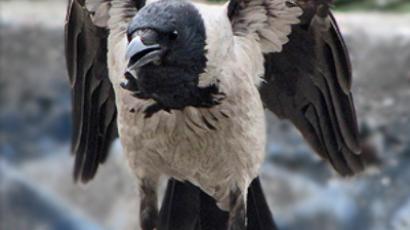Camels: the two-humped hope of Russia’s Buddhist republic
The Kalmyks of southern Russia have been living off the land for generations. Though after Stalin's deportations their traditions nearly died out, the Kalmyks are reviving their skills in breeding horses and camels.
Kalmykia's vast expanse of steppe has long been home to herds of horses, cattle and sheep, and more surprisingly: camels – the two-humped Bactrians, which are not only the most northerly camel herds in the world, but also natural steppe dwellers.
“Camels can graze outdoors 24 hours a day all year long – there’s no need to spend a lot on fodder. They can even find food in winter, unlike cattle. And camels can keep themselves warm in any weather. In fact, the colder it gets, the thicker their wool grows. Plus, you get more meat from them,” says stock breeder Erdni Gaadzhiyev.
Another rare Kalmykian sight is horse milking. It isn't some culinary craze – it’s an ancient farming method.
“We Kalmyks have been living in the steppe all our lives, and we have been breeding livestock. Horses provide the cheapest way to get meat and milk. Also, they can be trained and used as draft animals,” says Badma Garyaev, Kirovsky OJS breeding farm director.
But everything changed for those traditional practices in 1943. Stalin accused the Kalmyks of being Nazi collaborators and deported the entire population to Siberia.
“During the deportation of 1943, Kalmyks were forced out of the republic, and the animals were abandoned. Many have been stolen, and no one has been taking care of them. That’s why the traditional Kalmyk animals have lost their importance,” says Vladimir Butov from the Institute of Horse Breeding in Astrakhan.
By the time the Kalmyks were allowed to return, the damage to the native breeds was immense.
In the ’70s and ’80s, the Soviets embarked on production drives in Kalmykia. They brought in heavier breeds of Caucasian sheep and intended to turn the steppe into rolling wheat prairies.
But overgrazing and plowing turned half of it into desert.
Now the Kalmyks are trying to revive their old horse and cattle breeds, which put less pressure on the steppe.
And where the damage is beyond repair, camels may be the only way to get some return from the land.
“In particular, we’re working with Kalmyk horses and Kalmyk camels. This year, we are to submit all the details and studbooks to the official state register. It will also include the camels being bred in neighboring regions,” Vladimir Butov says.













